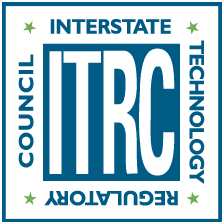Climate
Report
Monitoring, Mapping, Modeling, Mitigation and Messaging: Maine Prepares for Climate Change
https://www.maine.gov/dep/sustainability/climate/maine_prepares.pdf
The report raises awareness of actions being taken by the State on resiliency, improves communication across state agencies, and provides information on future state-level work to interested stakeholders. Information gathered by the work group can be used to create a guide for future activities of the work group for Commissioners’ and leadership’s consideration.
https://www.maine.gov/dep/sustainability/climate/maine_prepares.pdf
Website
The Maine Interagency Climate Adaptation (MICA) Work Group is coordinated by the Department with representatives from eight (8) state agencies sharing in the information forum. The group continues a 2013 Governor’s request to create an interagency effort to coordinate state adaptation activities (the Environment and Energy Resources Work Group). Members consolidate resources for adaptation, resilience, and mitigation, and collaborate on opportunities for cross-agency projects including making available existing information and assistance opportunities on the state climate webpages and Maine Adaptation Toolkit.
https://www.maine.gov/dep/sustainability/climate/mica.html
The Maine Climate Change Adaptation (MICA) Toolkit was developed through interagency coordination to provide a centralized source for the information relevant for designing and implementing climate adaptation measures or strategies, as well as information on important regulations and standards that may affect your project or planning process.
https://www.maine.gov/dep/sustainability/climate/adaptation-toolkit.html
Wildfire
Website
This is State of Maine website “that shows today’s fire danger classes and is updated daily at 9:00am”.
https://www.mainefireweather.org/
This is the home webpage for the Maine forest service.


